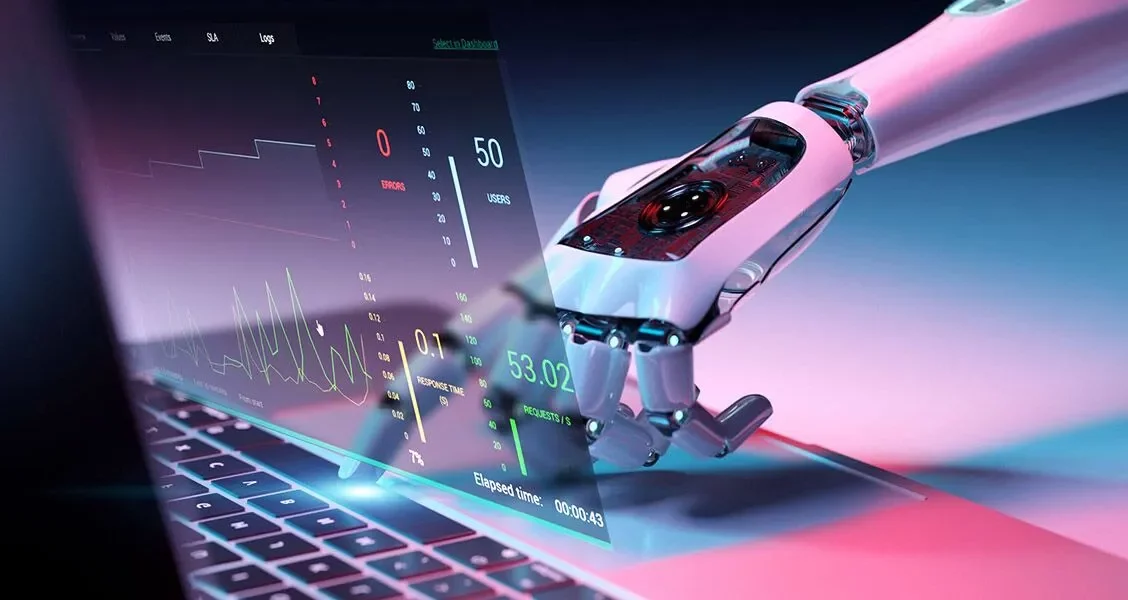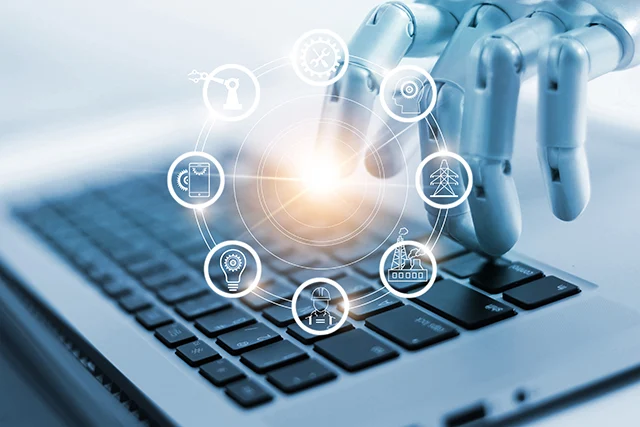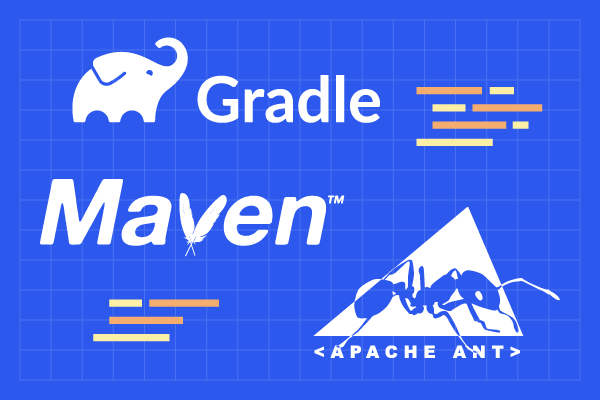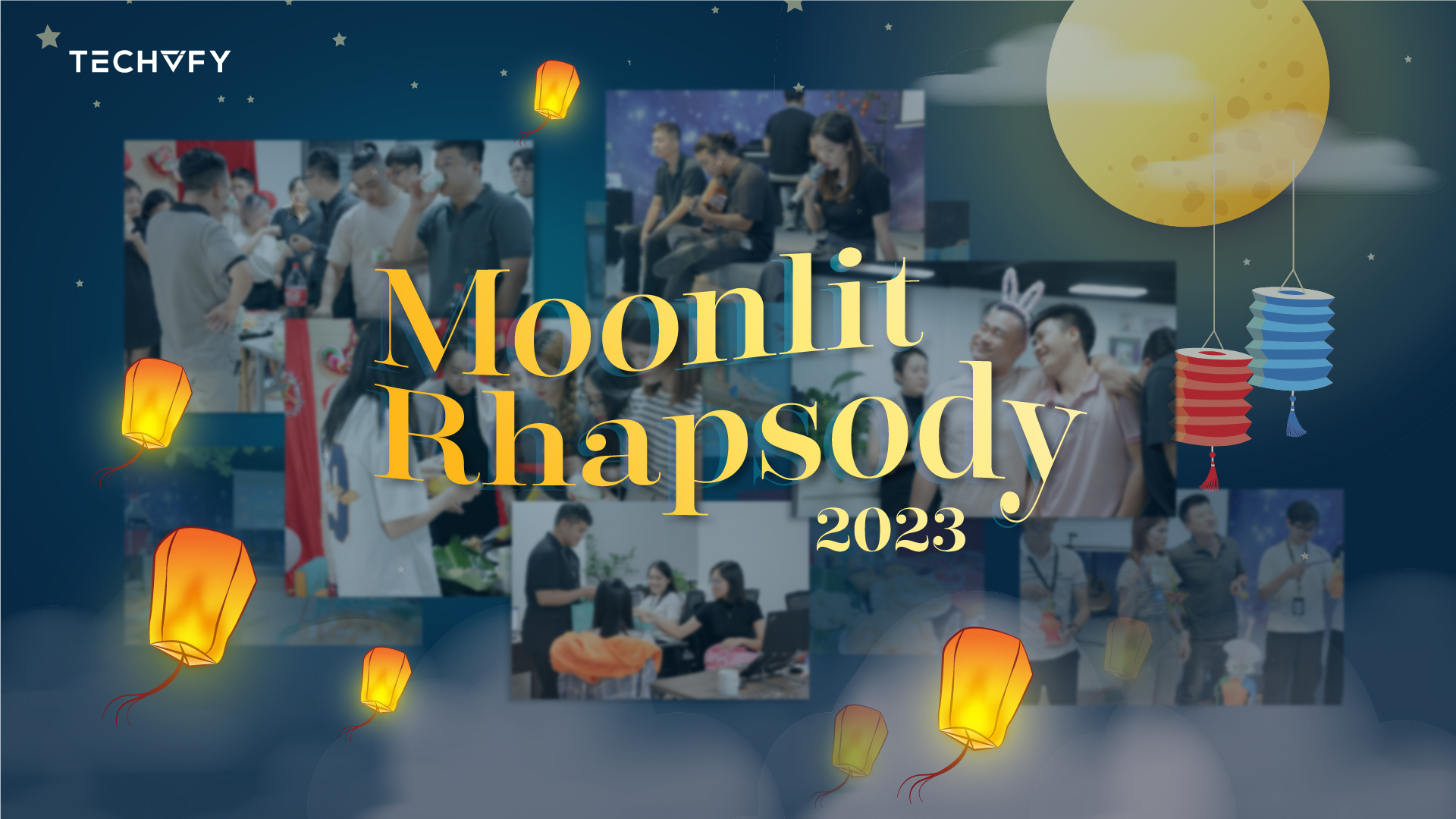AI Software Testing: Opportunities and Challenges
- TECHVIFY Team
- 0 Comments
Artificial intelligence rapidly changes the world, and software testing is no exception. AI software testing tools and techniques are helping testers to work more efficiently and effectively and to identify defects that would be difficult or impossible to detect using traditional methods. In this article, TECHVIFY will explore how AI transformed the testing field, its benefits and challenges.
I. What is AI Testing?
AI testing, or Artificial Intelligence testing, involves using AI algorithms and tools to automate software testing processes, improve test coverage, and detect defects more efficiently.

II. The Use of AI in Software Testing
Before the integration of AI into automation testing, quality assurance relied on a combination of manual and semi-automatic processes. Initially, software underwent testing using predominantly manual methodologies, requiring teams to repeatedly test the software for consistency. This approach turned out to be time-consuming and costly as a result.
The introduction of automation tools and open-source frameworks marked a significant change in the quality assurance landscape. With AI QA testing, software and technology testing became wholly automated rather than relying on a partial mix of automation and manual efforts. Here are some specific applications of how AI is being used in software testing today:
1. Test Case Generation: AI proves invaluable in the automatic generation of test cases, drawing from the codebase, user requirements, and various inputs. This automation is a time and effort-saver for testers.
2. Test Execution: AI can execute test cases automatically, liberating testers to allocate their focus elsewhere. It also excels in parallel test execution, substantially curtailing overall testing durations.
3. Test Analysis: AI automatically scrutinizes test outcomes, swiftly identifying defects and arranging them in order of priority for resolution. This trait expedites the defect identification and rectification process.
4. Performance Testing: AI’s capabilities extend to assessing software system performance under varying loads. This feature is instrumental in pinpointing performance bottlenecks and ensuring the system can adeptly handle anticipated workloads.
5. Security Testing: AI can be pivotal in scrutinizing software system security. Its prowess lies in identifying security vulnerabilities and preempting their exploitation.
In the future, AI will likely introduce novel techniques for detecting elusive defects, revolutionizing traditional testing. Additionally, AI will simplify testing, making it available to teams of all sizes and financial capacities.
Learn More On:
III. Opportunities with AI in Software Testing
The use of AI in software testing rapidly evolves, allowing organizations to streamline their testing processes and deliver higher-quality software. As this technology advances, businesses must stay updated with the latest developments in AI-driven testing to remain competitive in the ever-changing software landscape.
- Elevated Testing Efficiency
AI can automate arduous and time-consuming testing tasks like generating, executing, and analyzing test cases. This feature liberates testers to concentrate on more intricate, strategic aspects, resulting in superior test coverage.
- Advanced Defect Detection
AI unlocks innovative testing strategies that can find flaws undetectable by traditional methods. By illustration, AI may examine big datasets to identify unexpected patterns and abnormalities that might signal faults. Additionally, it excels at testing complex systems, frequently to the limits of manual testing.
- Cost Savings in Long term
In the long run, AI can significantly save software testing costs. This upside happens through task automation, improved testing effectiveness, and a reduction in the quantity of production-level problems. Artificial intelligence can also lessen the need for manual testers, resulting in significant cost savings.
IV. Challenges in Using AI in Software Testing
| Lack of Data Quality | One of the significant obstacles to applying AI for software testing is data availability and quality. High-quality data are essential for the training and performance of AI models. Collecting and managing such data might be difficult, especially for complex software systems. Testers must often collect data on user interactions, system performance, and defect occurrences. Ensuring the AI model learns the correct patterns requires careful cleaning and accurate data labeling. |
| Model Bias | Model bias poses a significant concern when it comes to AI-driven software testing. In this context, identifying and rectifying all defects, regardless of their type or severity, is crucial. However, AI models can introduce bias in various ways, including selecting training data, algorithm choices, and evaluation methods. |
| Cost and Complexity | Adopting AI in software testing may be complicated and expensive in the short term. Infrastructure and specialist knowledge are necessary. Training and using AI models can be computationally demanding, frequently needing specialized hardware and software resources. The difficulty grows by the possibility that testers will require training to use AI tools and procedures effectively. |
| Trust Issue | Raising awareness and confidence among testers of AI’s potential and limitations is difficult. Some testers can be reluctant to use AI because they need to understand its operation or doubt its potential. Because of this, informing them of the pros and cons of AI in software testing is crucial, fostering trust and confidence in its use. |
V. How to Use AI in Testing Software Effectively
1. Determining the Relevance of AI Software Testing with your company
Before diving into AI-powered testing, assess whether it’s the right fit for your specific scenario:
- Complexity: For enterprises grappling with intricate software systems, AI can tackle complex test scenarios that pose challenges for manual testers.
- Scale: Organizations engaged in extensive testing across diverse platforms, devices, and configurations can leverage AI to automate and parallelize testing efforts, streamlining the process.
- Data-Driven Applications: AI shines when testing applications reliant on data, such as machine learning models or big data analytics platforms. It excels in generating and comprehensively analyzing data-driven test cases.
- Long-Term Cost Efficiency: Despite the initial investment, AI can yield cost savings through reductions in manual testing, faster time-to-market, and improved software quality.
2. Choosing the Optimal AI Tools
Research and select AI tools that align with your software testing objectives. Considering their advantages and drawbacks, explore AI-powered testing tools like Selenium, Testim, Katalon Studio, or Applitools.
3. Leveraging ML-Generated Data
Harness machine learning-generated data to train your AI models effectively. Machine learning models can generate data similar to actual samples, aiding in the training of AI models.
4. Optimizing Computational Costs
To reduce computational expenses, take the following actions:
- Invest in advanced Graphics Processing Units (GPUs) and Tensor Processing Units (TPUs) for enhanced processing capabilities.
- Utilize tools that estimate GPU/CPU memory consumption to optimize resource utilization.
- Consider adopting a Hybrid Cloud infrastructure to balance computational demands efficiently.
5. Investing in Training
Practical usage of AI-powered testing tools requires training:
- Prioritize investing in training programs to equip your testing team with the necessary skills to employ AI-driven testing tools proficiently.
- Enhance testers’ understanding of AI’s unique capabilities, including automatic script generation and self-healing functionalities.
If your organization lacks an in-house testing team with specialized expertise, outsourcing your testing needs to specialized firms like TECHVIFY Software is a realistic choice. Outsourcing with experts will help successfully solve the resource and cost limitations frequently connected to the integration of AI in software testing.
Conclusion
In conclusion, integrating AI software testing presents a transformative opportunity for the industry. While its advantages include enhanced efficiency, advanced defect detection, and long-term cost savings, there are challenges, such as data quality and the need for trust-building and education among testers. Organizations dealing with complex software systems, extensive testing needs, and data-driven applications should embrace AI in testing to optimize their processes. However, smaller companies with limited resources and those operating in highly specialized domains may need help finding AI implementation suitable.
In the evolving landscape of software development, staying informed about AI-driven testing is essential for remaining competitive. If you are considering how to use AI in software testing, contact TECHVIFY for more information. Our expertise encompasses consulting services and specialized knowledge in AI and testing methodologies.
TECHVIFY – Global AI & Software Solution Company
From Startups to Industry Leaders: TECHVIFY prioritizes results, not just deliverables. Accelerate your time to market and see ROI early with high-performing teams, AI (including GenAI) Software Solutions, and ODC (Offshore Development Center) services.
- Email: [email protected]
- Phone: (+84)24.77762.666







